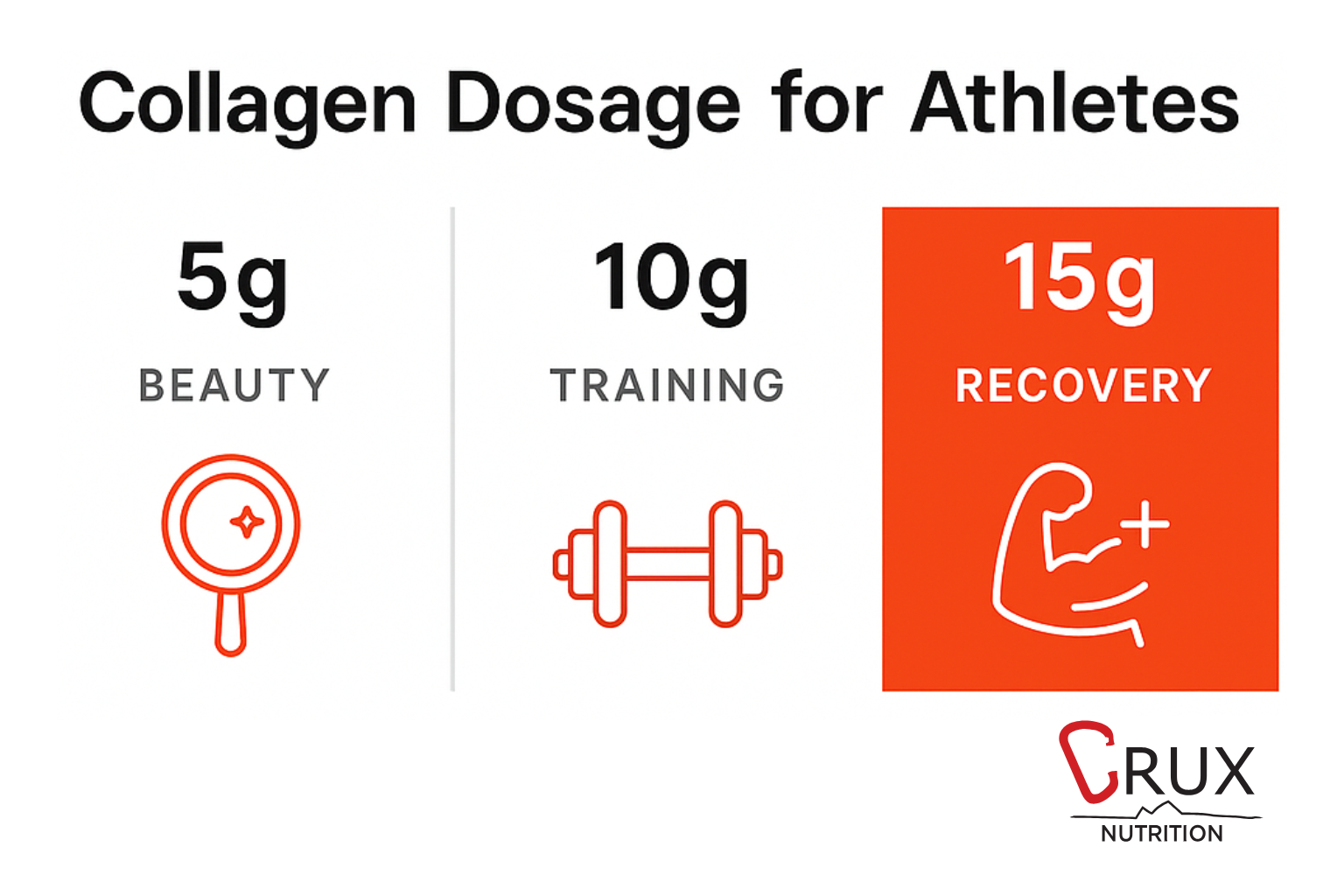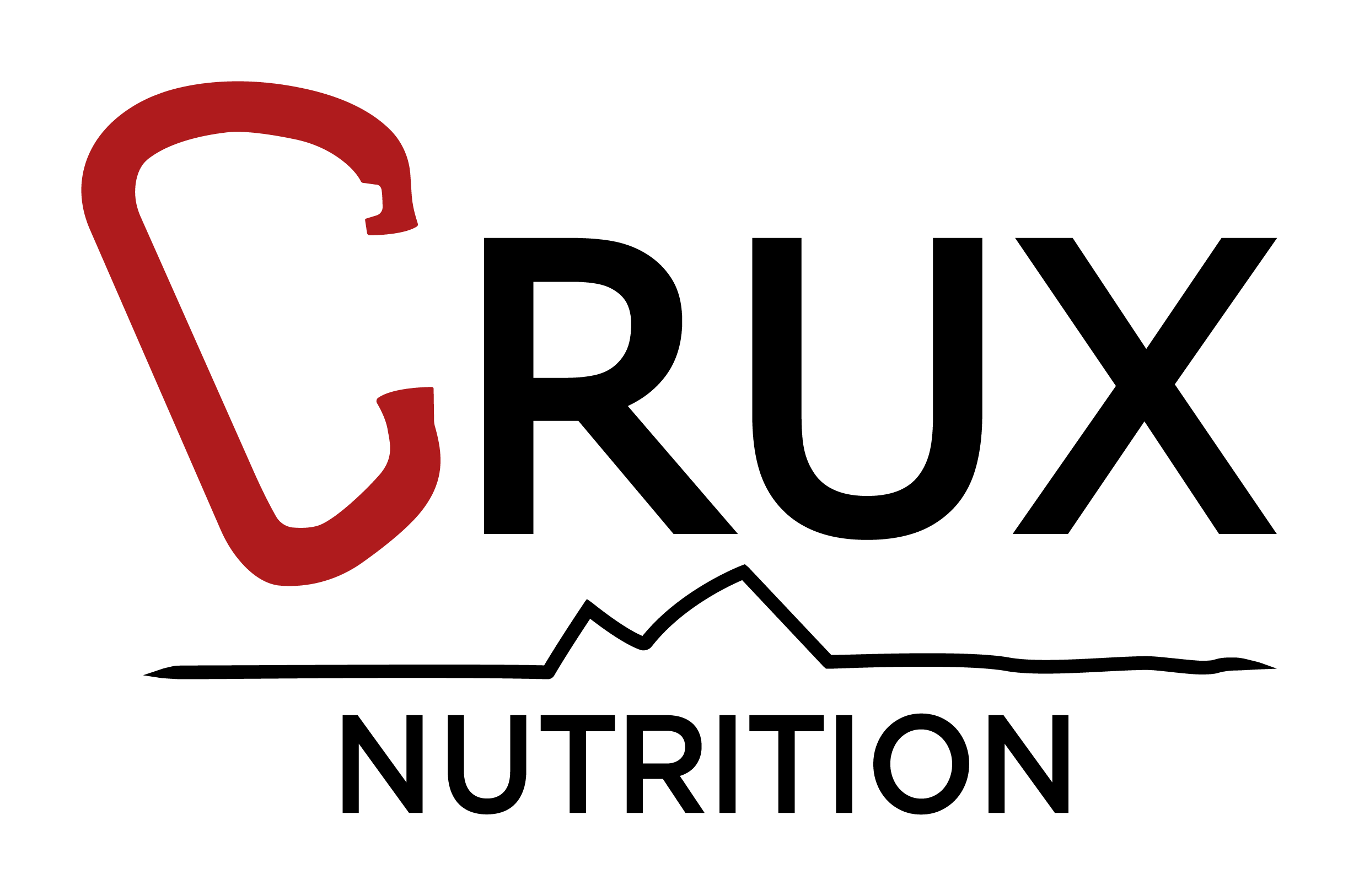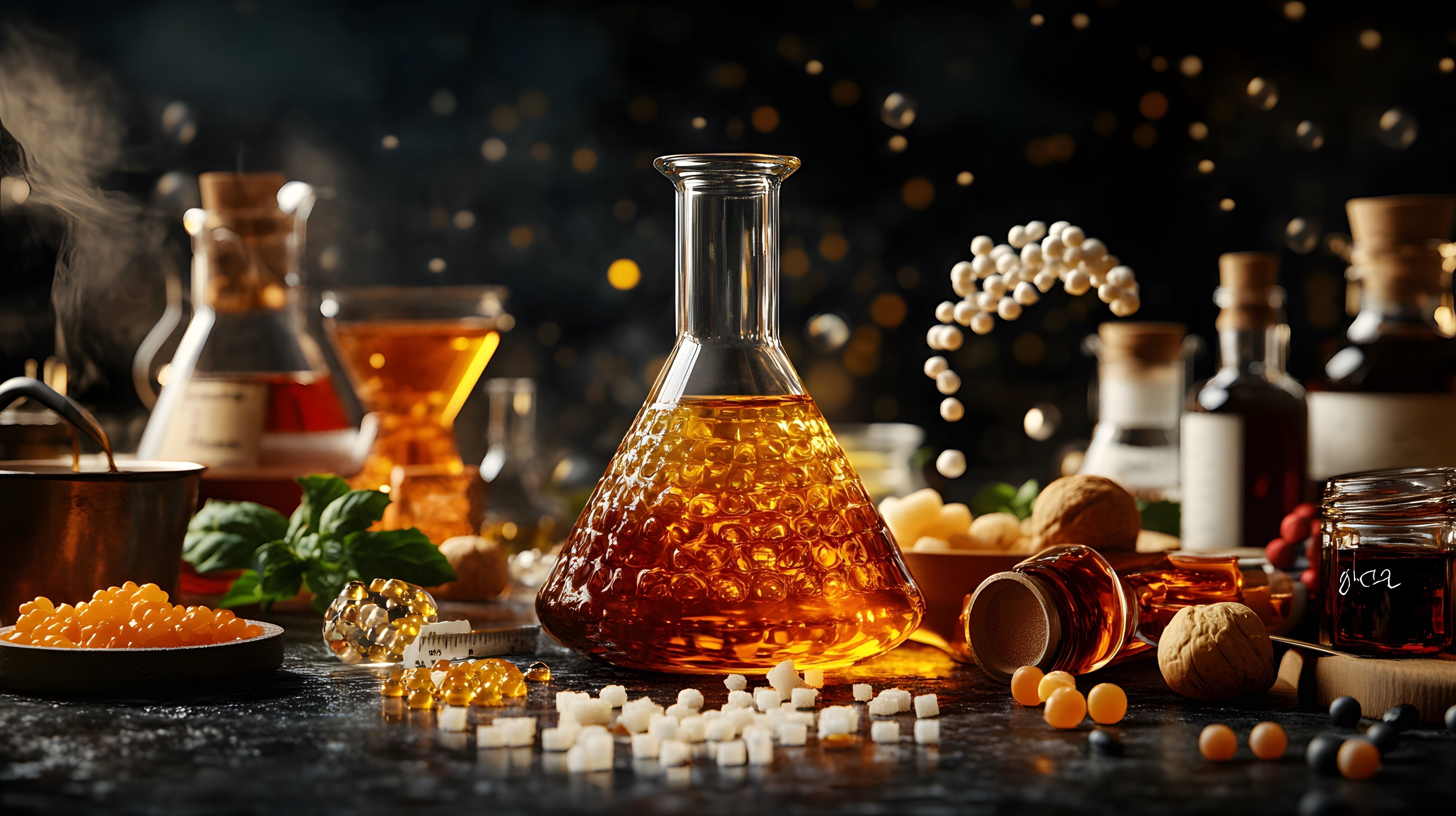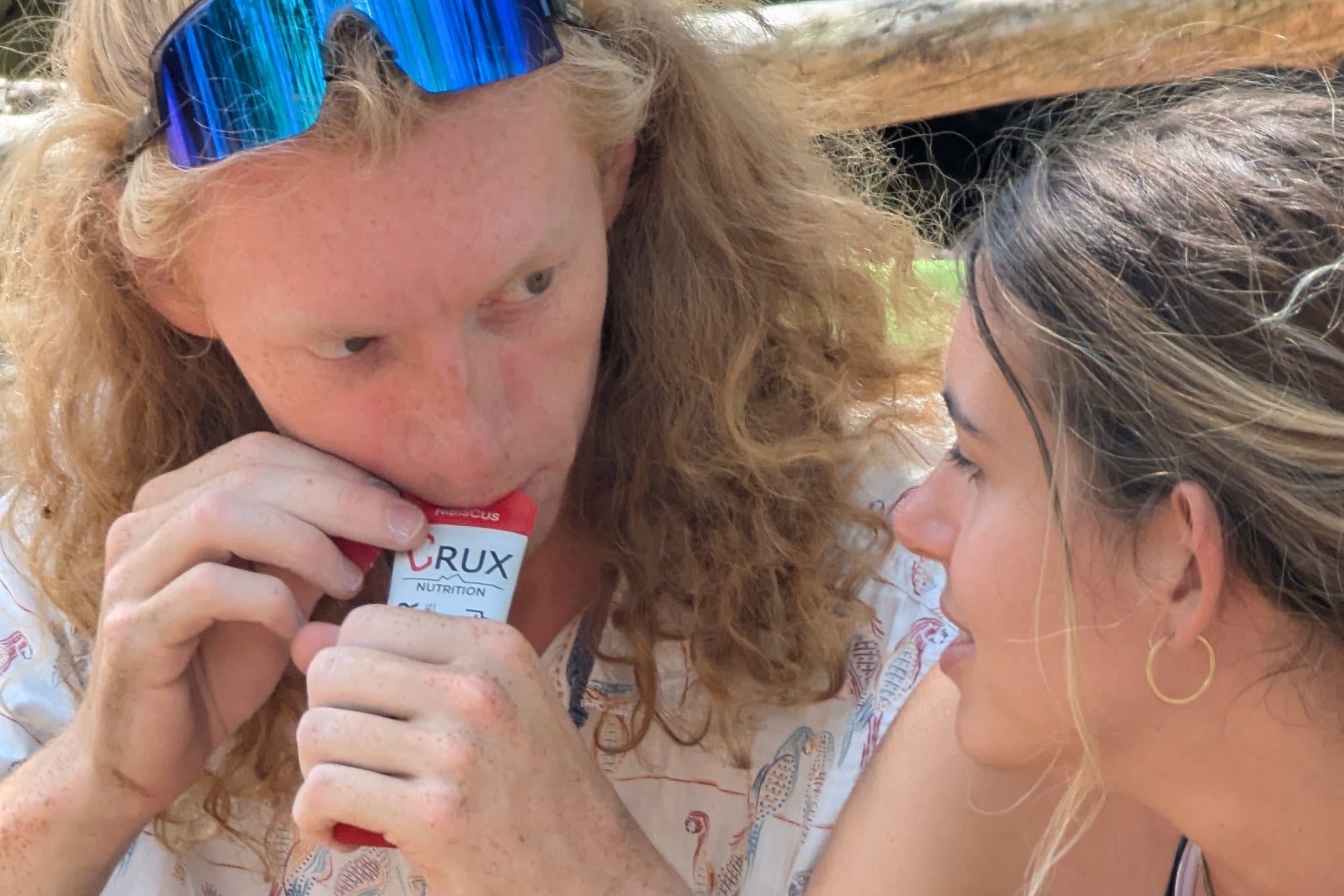
Collagen for Training & Recovery: Why 15g Is the Recovery Sweet Spot
Collagen for Training, Recovery & Performance
Collagen isn’t just about skin and beauty — it’s a game-changer for athletes. Your tendons, ligaments, joints and muscles all rely on collagen for strength, resilience and recovery. But how much should you take?
Here’s a quick breakdown:
-
5g Collagen
- Popular in beauty supplements
- Supports skin, hair & nails
- Light top-up, but too low to drive athletic recovery
-
10g Collagen
- Minimum effective dose for sports performance
- Helps reduce soreness & support joints
- Good for general training support, but not optimal
-
15g Collagen
- Backed by research for tendon & ligament strength
- Supports repair of connective tissues after intense training
- Reduces injury risk & improves recovery outcomes
-
Perfect for athletes in climbing, running, cycling, CrossFit & beyond
Why 15g Is the Athlete’s Sweet Spot
When you’re pushing your body, connective tissue takes the strain. At 15g per serving, collagen delivers the recovery and resilience athletes need to keep training harder, longer, and with less downtime.
That’s why Crux Nutrition – Recover is built on:
- 15g collagen protein – to fuel recovery & support tendons/joints
- 15g carbs in a 2:1 ratio – to replace energy and keep you moving
- Vitamins C & E – to boost collagen synthesis & protect against oxidative stress
👉 Bottom line: 5g is for beauty. 10g is a start for sports. But if you want real results in training and recovery, 15g is the proven sweet spot.


